Rising Demand for Diagnostic Imaging
The increasing prevalence of chronic diseases in the GCC region is driving the demand for diagnostic imaging services. As healthcare providers seek to enhance patient outcomes, the radiology market is experiencing significant growth. According to recent data, the market is projected to expand at a CAGR of approximately 8% over the next five years. This surge is attributed to the growing awareness of early disease detection and the need for accurate diagnostic tools. Furthermore, the expansion of healthcare facilities and investments in advanced imaging technologies are likely to bolster the market. As a result, healthcare providers are increasingly adopting radiology information systems to streamline workflows and improve diagnostic accuracy, thereby enhancing the overall quality of care in the region.
Growing Focus on Patient-Centric Care
The shift towards patient-centric care is influencing the radiology information-system market in the GCC. Healthcare providers are increasingly prioritizing patient engagement and satisfaction, which necessitates the adoption of advanced information systems. Radiology information systems that facilitate seamless communication between patients and providers are becoming essential. This trend is further supported by the rising expectations of patients for transparency and accessibility in their healthcare journey. As a result, healthcare facilities are investing in systems that enhance patient experience, such as online appointment scheduling and access to imaging results. This focus on patient-centric care is likely to drive the demand for innovative radiology information systems that cater to the evolving needs of patients.
Technological Advancements in Imaging Systems
Technological innovations in imaging systems are reshaping the radiology information-system market. The introduction of advanced modalities such as 3D imaging, digital radiography, and MRI has revolutionized diagnostic capabilities. These advancements not only improve image quality but also reduce radiation exposure, aligning with the growing emphasis on patient safety. The GCC region is witnessing a surge in the adoption of these technologies, with investments in state-of-the-art imaging equipment increasing. As healthcare providers strive to remain competitive, the integration of cutting-edge imaging systems into radiology information systems is becoming essential. This trend is expected to drive market growth, as facilities that leverage advanced technologies can enhance operational efficiency and provide superior patient care.
Government Initiatives for Healthcare Digitization
Government initiatives aimed at digitizing healthcare services are significantly impacting the radiology information-system market. In the GCC, various national health strategies are being implemented to promote the adoption of digital health solutions. These initiatives often include funding for healthcare IT infrastructure and incentives for healthcare providers to transition to electronic systems. As a result, the radiology information-system market is likely to benefit from increased investments in digital technologies. For instance, the UAE's Vision 2021 aims to enhance healthcare services through technology, which may lead to a more robust market environment. Such government support is crucial for fostering innovation and ensuring that healthcare providers can effectively implement and utilize radiology information systems.
Increased Collaboration Among Healthcare Stakeholders
Collaboration among various healthcare stakeholders is emerging as a key driver for the radiology information-system market. In the GCC, partnerships between hospitals, imaging centers, and technology providers are fostering the development of integrated solutions. Such collaborations aim to enhance data sharing and interoperability, which are critical for improving patient care. By working together, stakeholders can create comprehensive radiology information systems that streamline workflows and facilitate better decision-making. This collaborative approach is expected to lead to more efficient healthcare delivery and improved patient outcomes. As the market evolves, the emphasis on collaboration is likely to strengthen, driving further innovation and adoption of advanced radiology information systems.


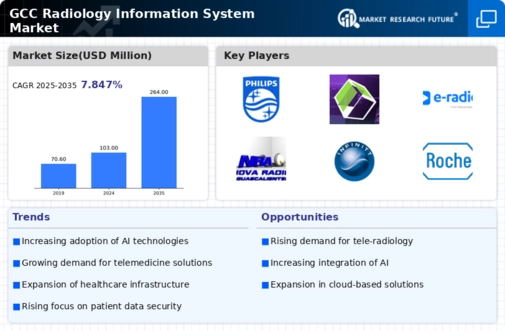
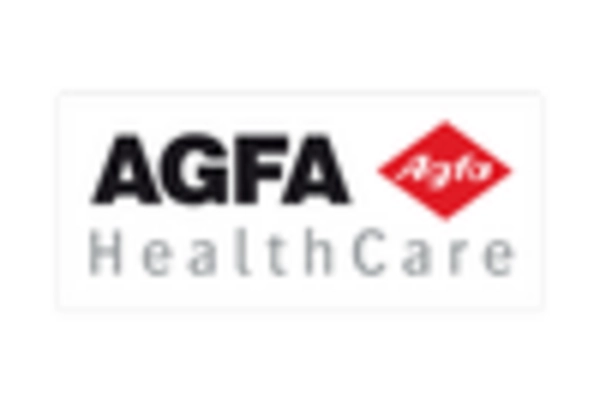
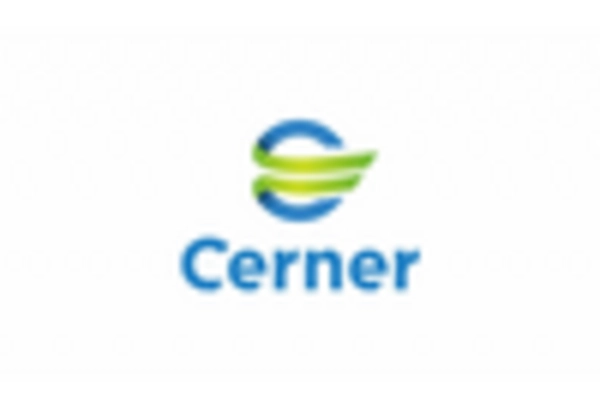
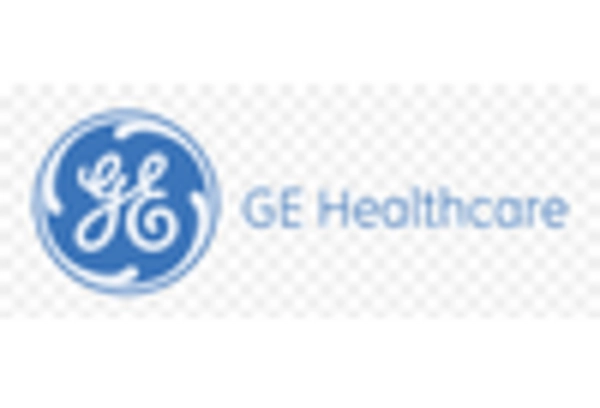
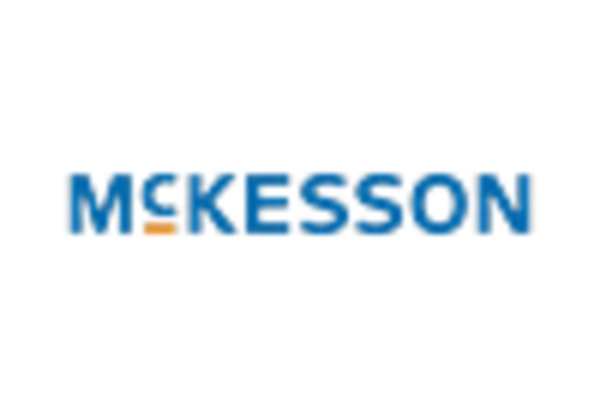
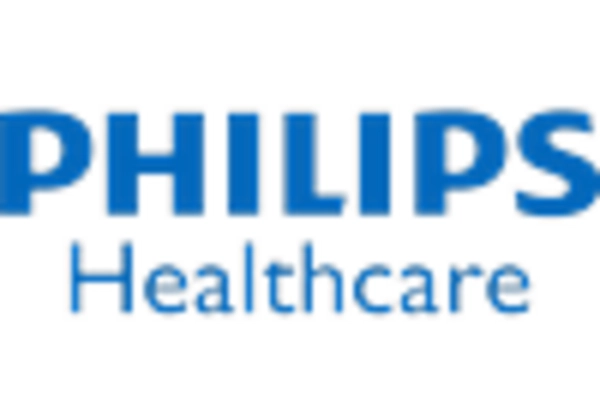
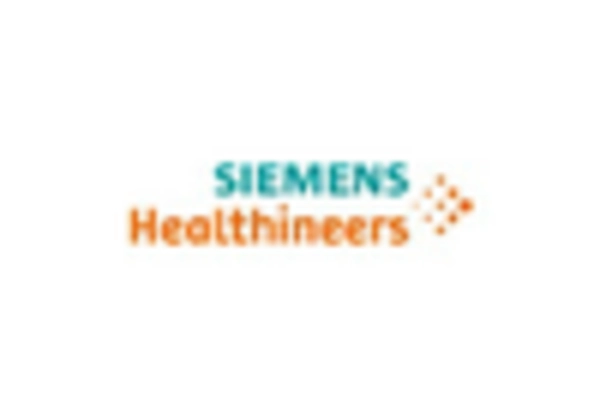








Leave a Comment